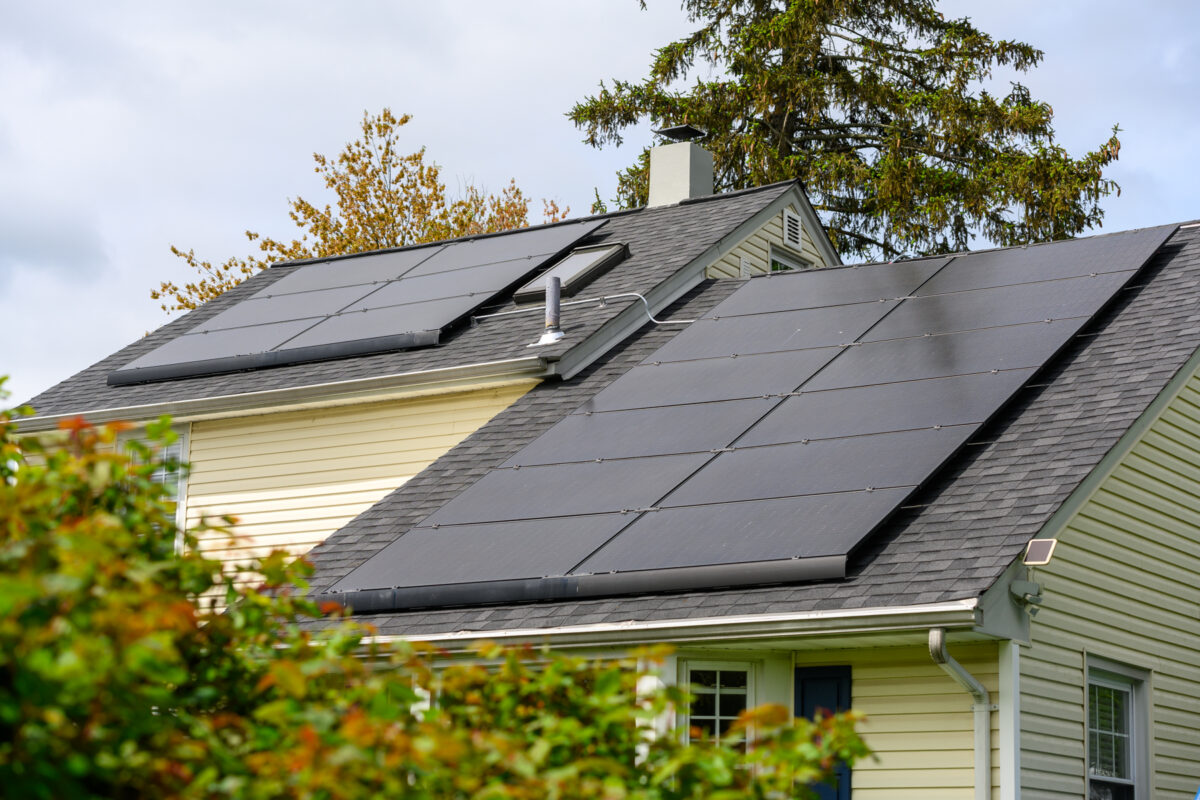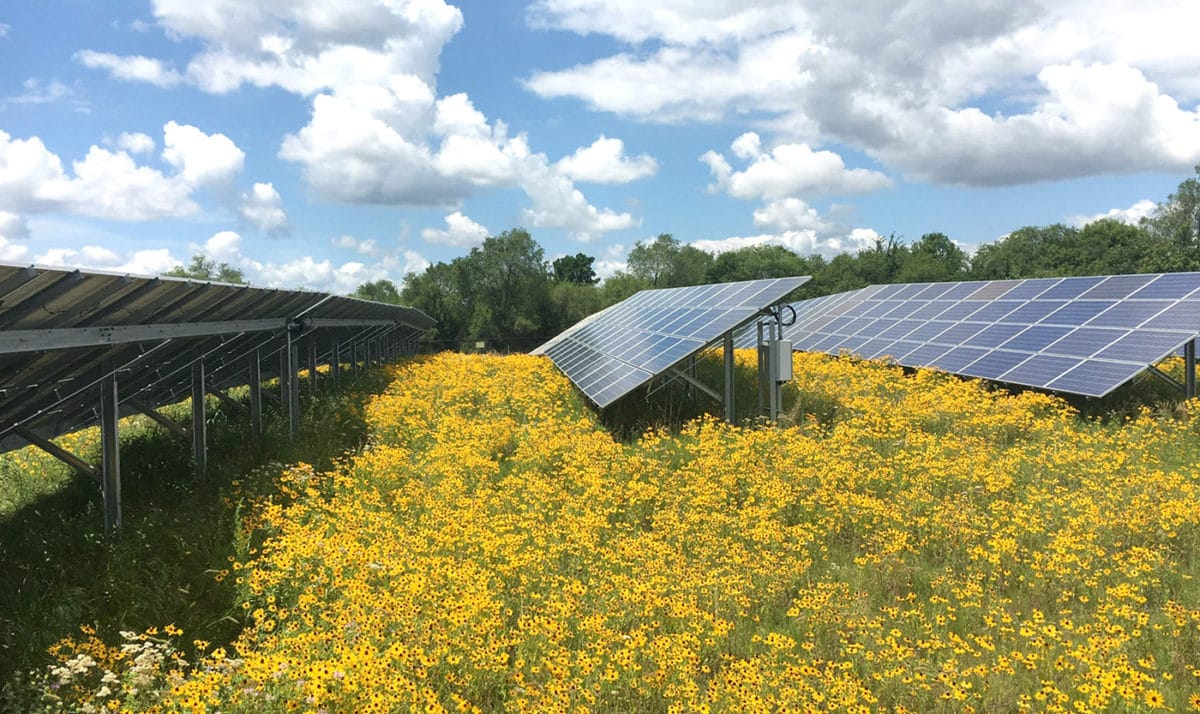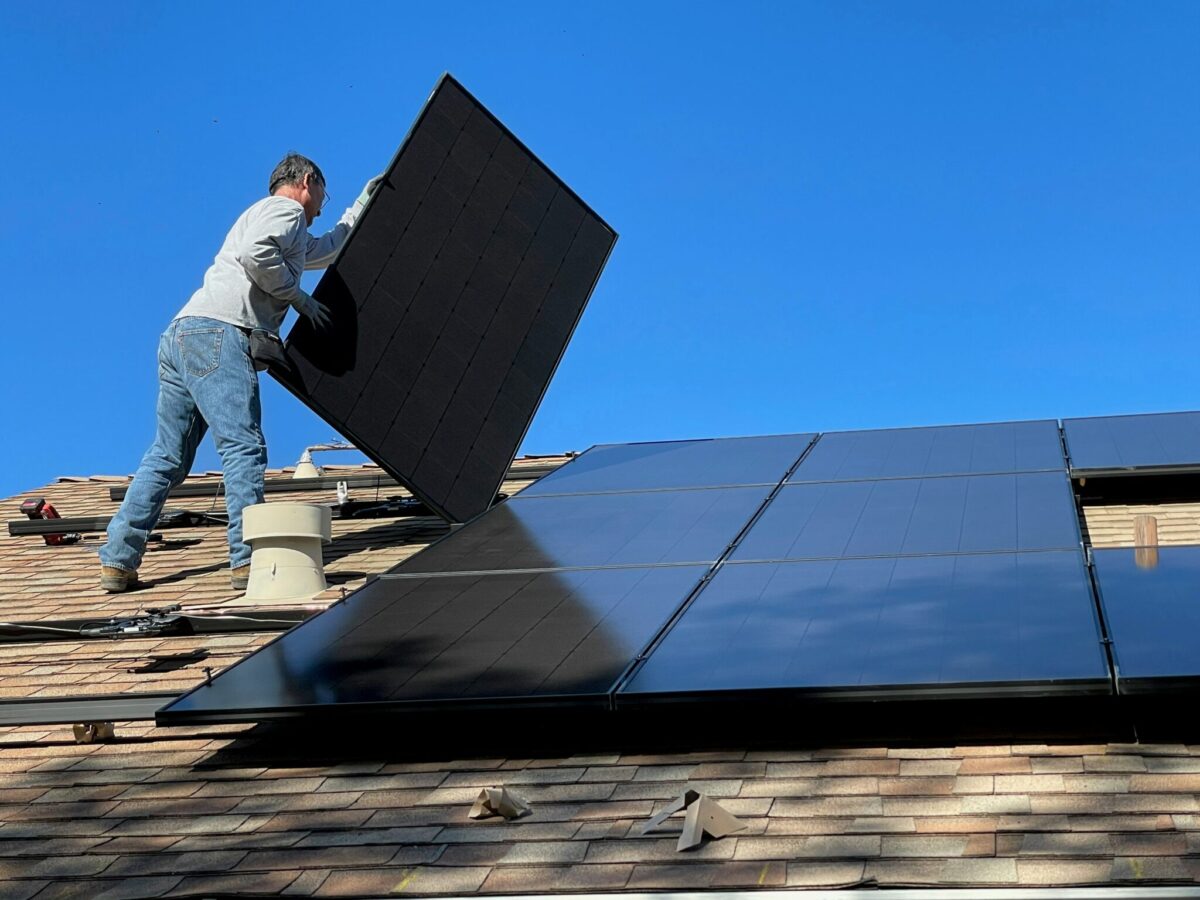Almost a year after its first proposed NEM 3.0 decision that sent the state’s solar industry into a frenzy, the California Public Utilities Commission (CPUC) has released a new version. Today’s proposal includes a shift to net billing, a glide path to transition slowly to the new plan and non-bypassable charges.
NEM 3.0 history
The CPUC’s initial proposed decision in 2021 included a switch from net metering to net billing, allowing the dollar value of credits to be set at a different level than the energy’s import price; a Grid Participation Charge for solar customers and a long-term Market Transition Credit to encourage storage paired with solar systems. Wood Mackenzie predicted the initial proposal would cut California’s residential solar market in half by 2024.
The initial proposed decision was shelved for an indefinite amount of time after intense backlash and public disapproval from Governor Newsom. In spring 2022, the CPUC reopened the record under new leadership.
2022 NEM 3.0 proposal
The new proposed decision released on Nov. 10, 2022, also includes a shift to net billing, a glide path to transition slowly to the new plan and non-bypassable charges.
The new Retail Export Compensation Rates that make up the net billing plan will be based on hourly Avoided Cost Calculator values averaged across days in a month, differentiated by weekdays and weekends/holidays, according to the commission. The decision was made based on a cost of solar set at $3.30/W. The commission expects the new plan to result in a nine-year payback period for standalone solar.
The five-year glide path is in the form of an Avoided Cost Calculator adder that varies among California’s utilities. The “ACC Plus” adders will remain constant for a customer for nine years from the interconnection date. The adder will decrease by 20% annually until it reaches zero.

The CPUC says SDG&E customers are excluded from the adder because their solar systems generate more bill savings due to SDG&E’s higher electric rates.
The program also includes four non-bypassable charges. Those charges are: the public purpose program charge, nuclear decommissioning charge, competition transition charge and the Wildfire Fund Non-Bypassable Charge.
The NEM 2.0 Sunset Period begins with adoption of this decision, per the CPUC. Customers submitting a completed interconnection application prior to the end of the Sunset Period will be considered applicable for the current NEM 2.0 tariff.
CALSSA previously said it would evaluate the new proposed decision based on whether it imposes any discriminatory solar taxes, affects the economics of solar for middle and working class households, impedes the state’s clean energy goals and more. The CPUC will hear oral arguments from all stakeholders in the form of two- to three-minute presentations at a remote meeting on November 16 from 10 a.m. to 12 p.m. PT. Viewers can sign up to watch the arguments here. Read the full proposed decision here.






